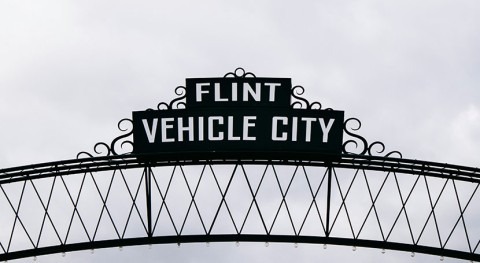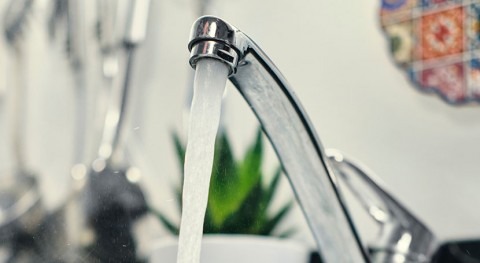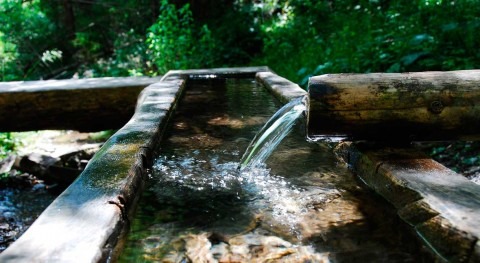Replacing every lead pipe that delivers drinking water to homes in California would yield as much as $6 billion dollars in avoided health costs, according to a new state-by-state analysis released today from NRDC (Natural Resources Defense Council). “Getting the Lead Out” finds that every state would reap enormous savings in avoided health costs – with nearly 90% of the savings coming from reduced cardiovascular disease, the leading cause of death in the U.S.
“Decades ago, health risks led to a ban on lead from gasoline and paint, but lead remains widespread in drinking water across the nation. This is an urgent public health crisis, as tens of millions of people essentially drink water from a lead straw, unaware of the big risk to their health,” said Erik D. Olson, NRDC’s senior strategic director for health, who authored the report. “We found staggering health and dollar benefits for removing lead water pipes. And water utilities that do nothing are essentially opting in favor of avoidable and costly health risks and even deaths.”
Federal rules for tap water adopted by the Trump Administration in 2021 failed to consider these enormous public health benefits. However, with the Environmental Protection Agency (EPA) poised to release a new rule regulating lead in drinking water in a few weeks, the agency is expected to require that all lead drinking water pipes be fully replaced.
The financial benefits in avoided health costs in California are enormous. If the more than 65,000 lead service lines in the state were replaced, California would see anywhere from $1-6 billion in estimated benefits.
“When it comes to replacing lead pipes, the costs are too high to sit back and do nothing. California is falling behind other states and must act swiftly to get the lead out of our drinking water system,” said Cori Bell, a senior attorney with NRDC’s Safe Water Initiative.
The benefits of removing lead service lines, the lead pipes that connect homes to the water mains in the street, dwarf the costs by an enormous margin. EPA and the water utility trade association in the past have estimated the total cost of removing all 9.2 million lead service lines nationwide would be in the range of $46 to $56 billion. The total health savings of reducing lead levels in tap water would be orders of magnitude higher, according to a recent Harvard T.H. Chan School of Public Health study. The study forecasts at least $9 billion in annual health benefits from removing all lead pipes in the country, with total health savings of $786 billion over the next 35 years.
“Lead is a fixable problem,” said Andria Ventura, California Policy Director for Clean Water Action. “That’s why we’re wondering why, with unprecedented resources coming from the federal government, California is dragging its feet to find and replace all lead in our water systems.”
NRDC recommendations include:
- The Biden-Harris administration, the EPA, states, and water utilities must make complete removal of every lead service line a top priority.
- The EPA’s improvements to the Lead and Copper Rule should require that all lead service lines be fully replaced by the water utilities within 10 years. “Partial” replacements of the lead service line should be banned, as that practice can actually increase lead exposure.
- The EPA rule should require water utilities to cover all the costs of full lead service line replacement to ensure low-income homeowners and renters get safe drinking water.
- State and local governments should access federal funding to help water systems get the lead out:
- The Bipartisan Infrastructure Law makes a $15 billion down payment to start getting lead service lines out of the ground.
- Further funding is available through the Drinking Water State Revolving Funds, Water Infrastructure Finance and Innovation Act, and the American Rescue Plan Act to help communities, especially disadvantaged communities, pay to replace their lead service lines.
- To avoid exacerbating water affordability issues, utilities should seek all available government funding and adopt water affordability programs (see the Water Affordability Advocacy Toolkit by NRDC and the National Consumer Law Center).


















